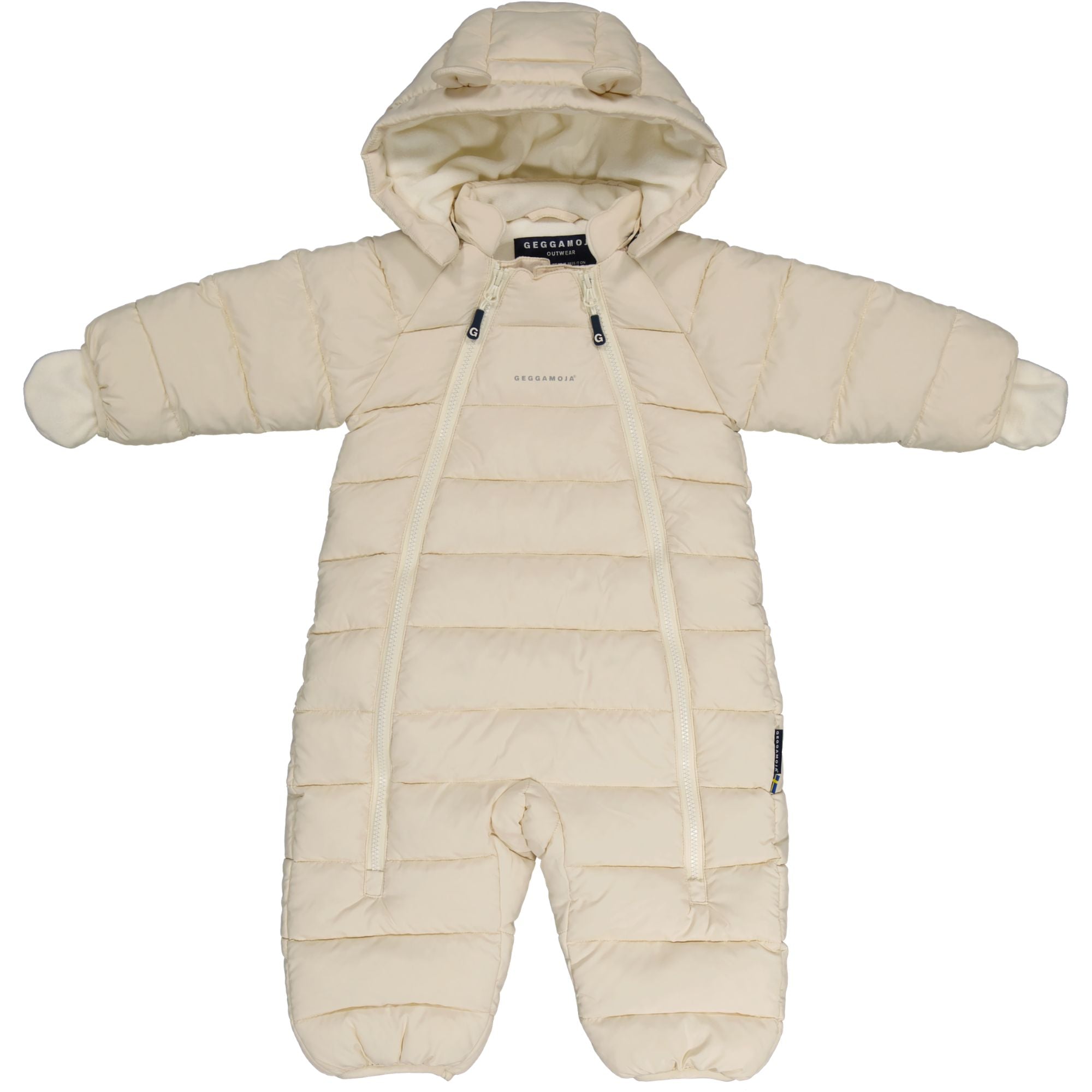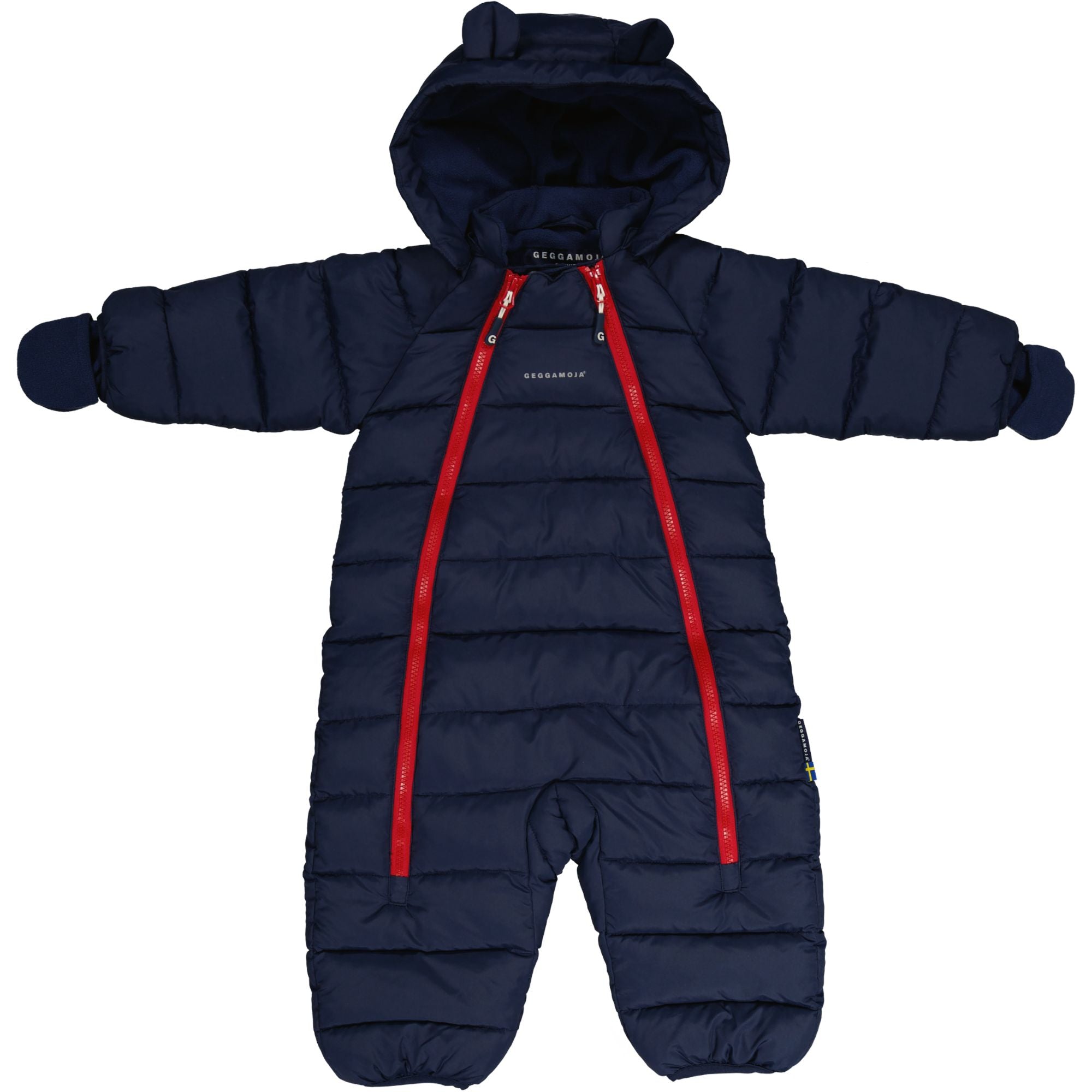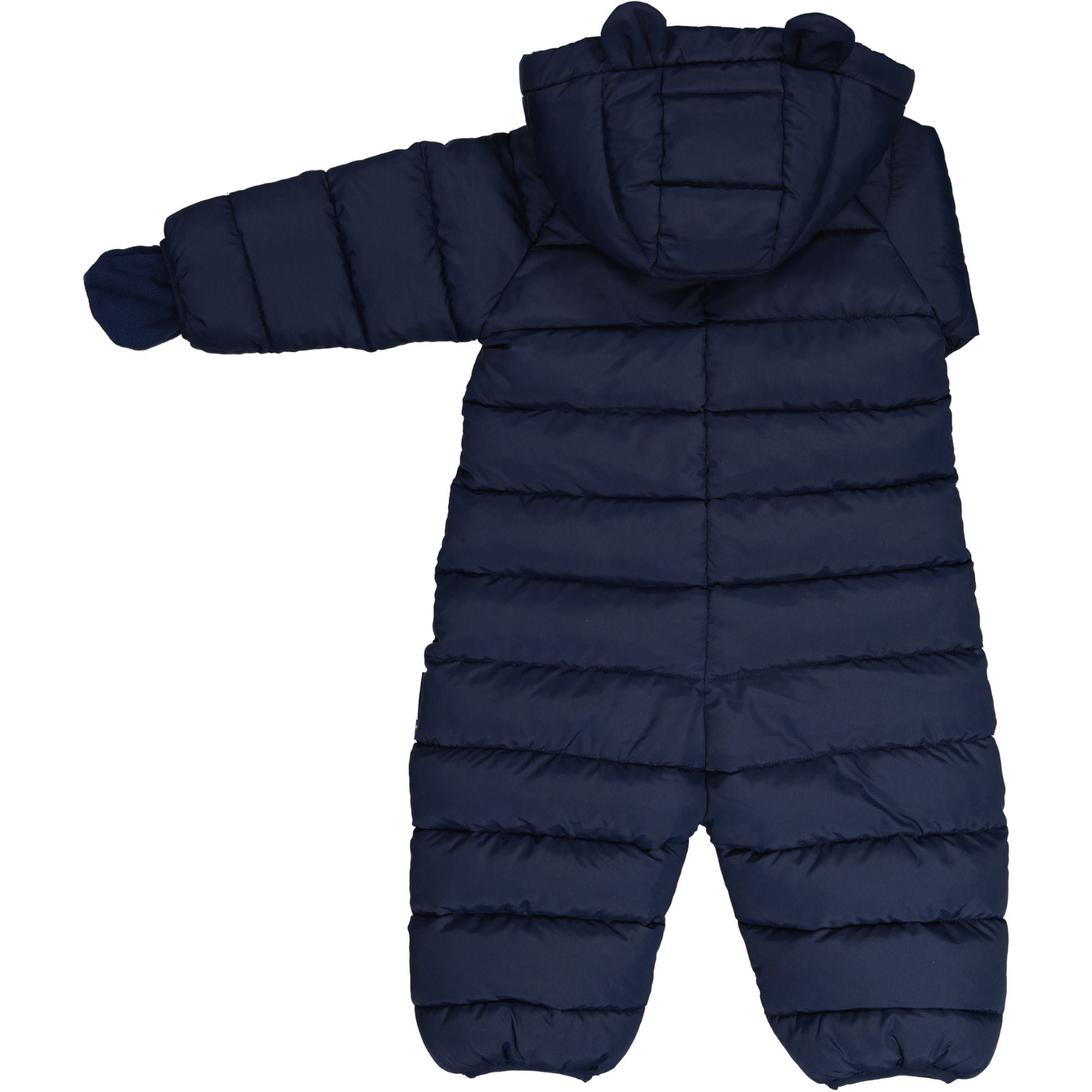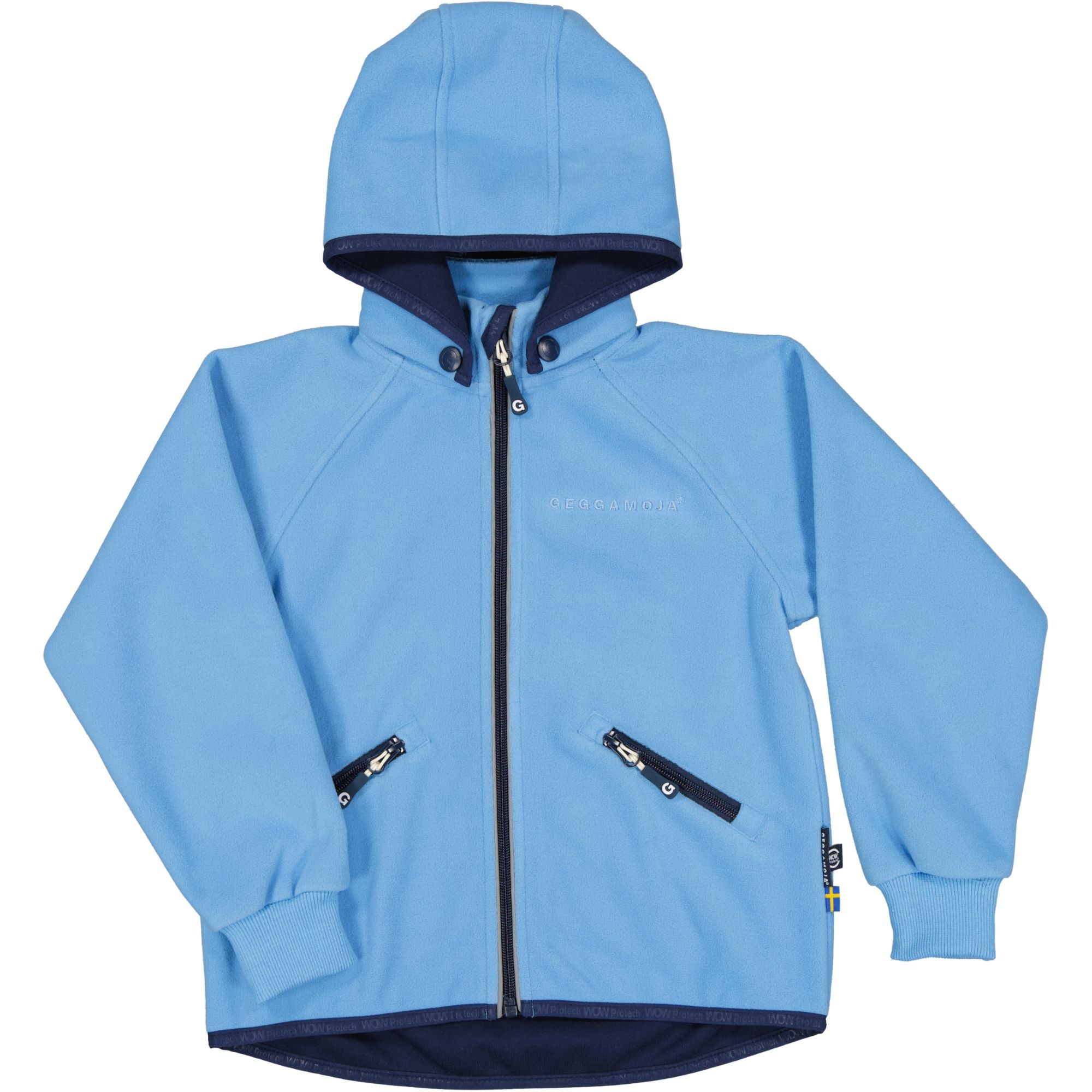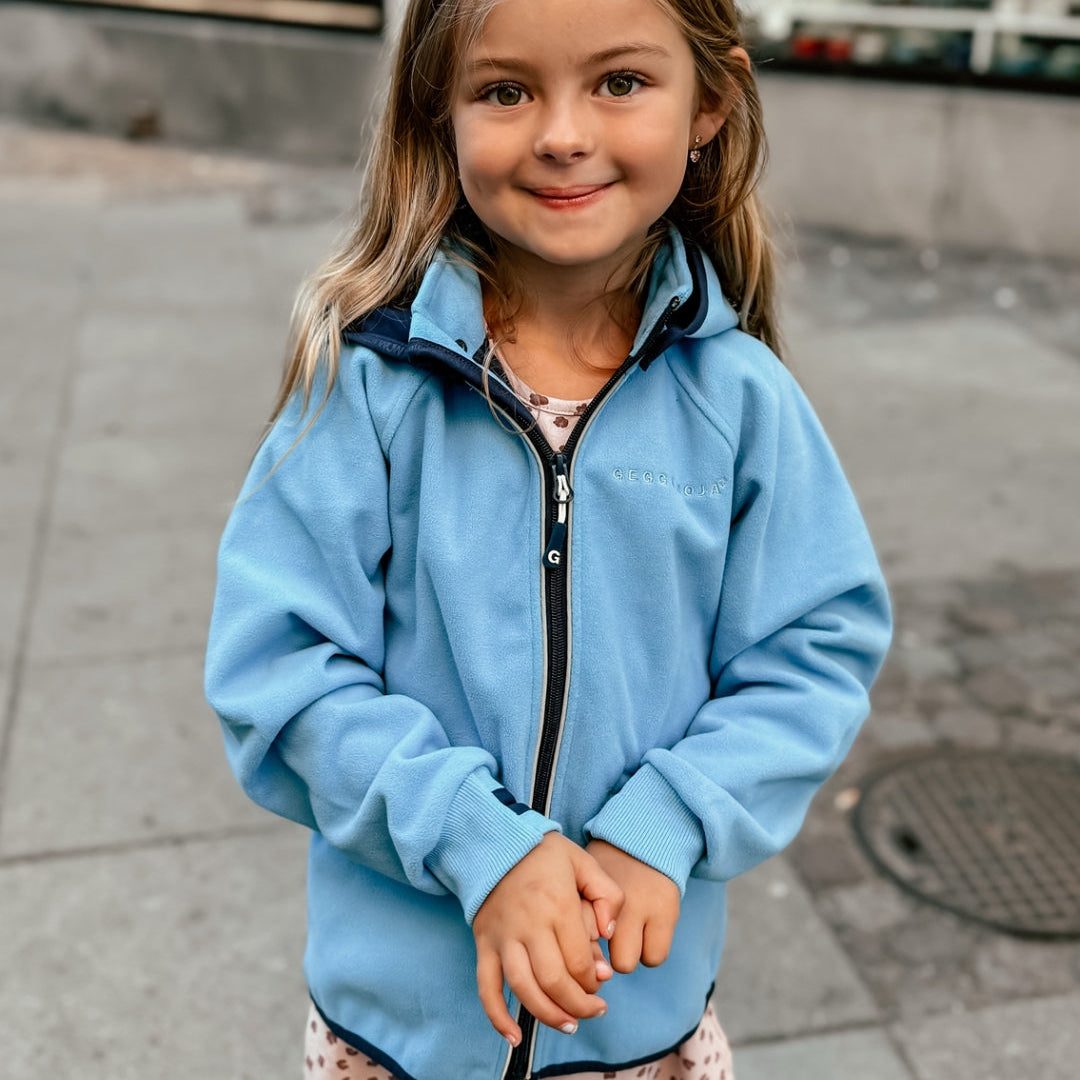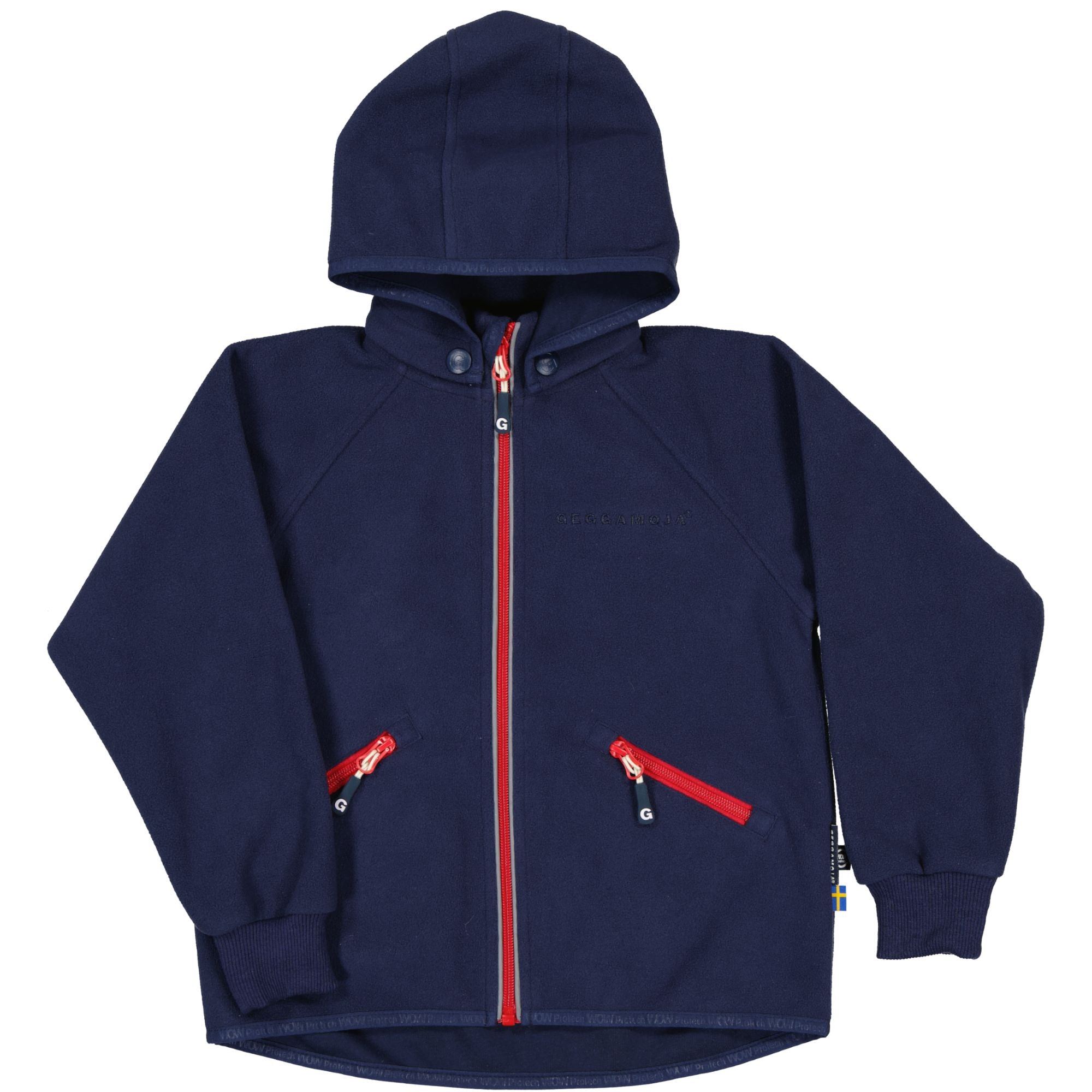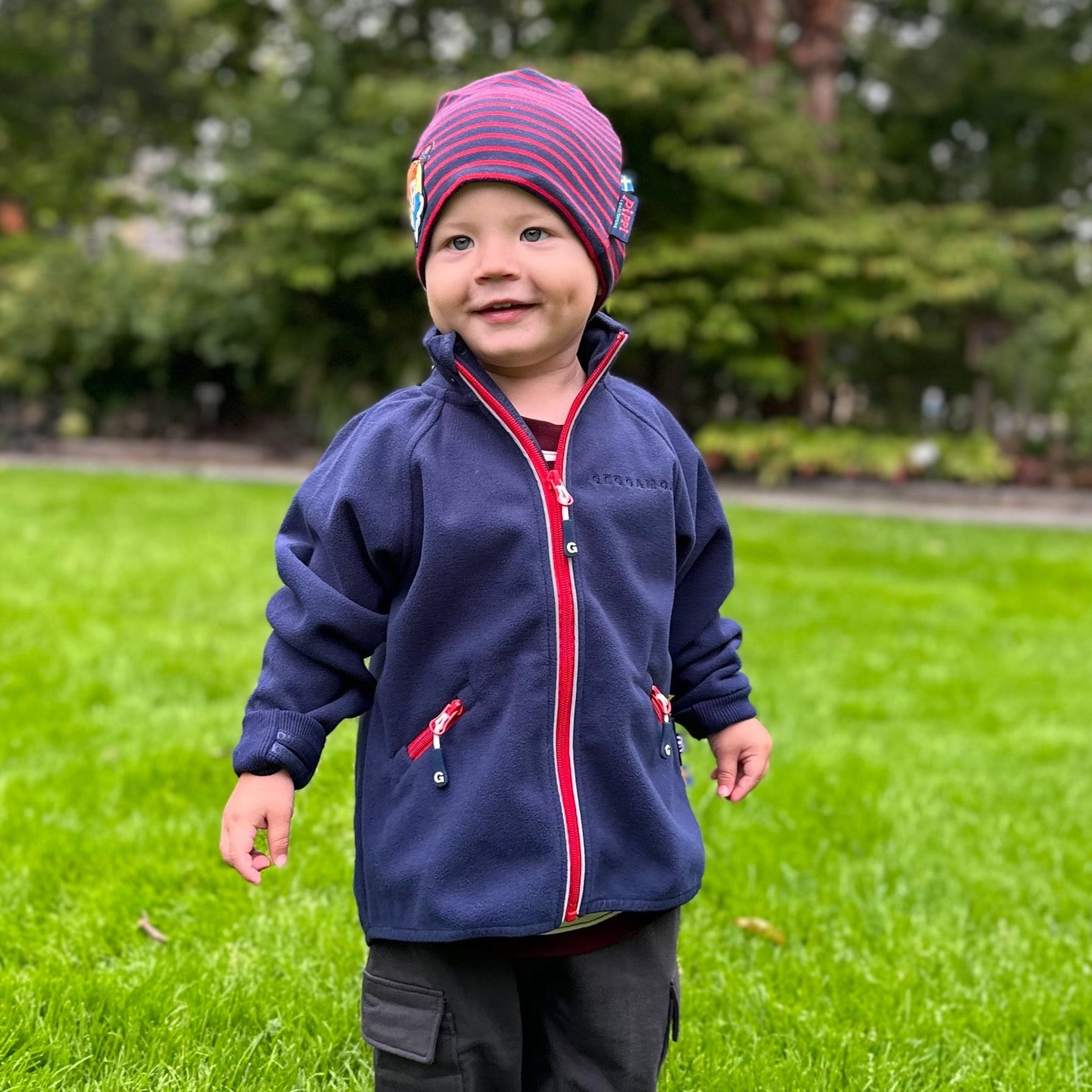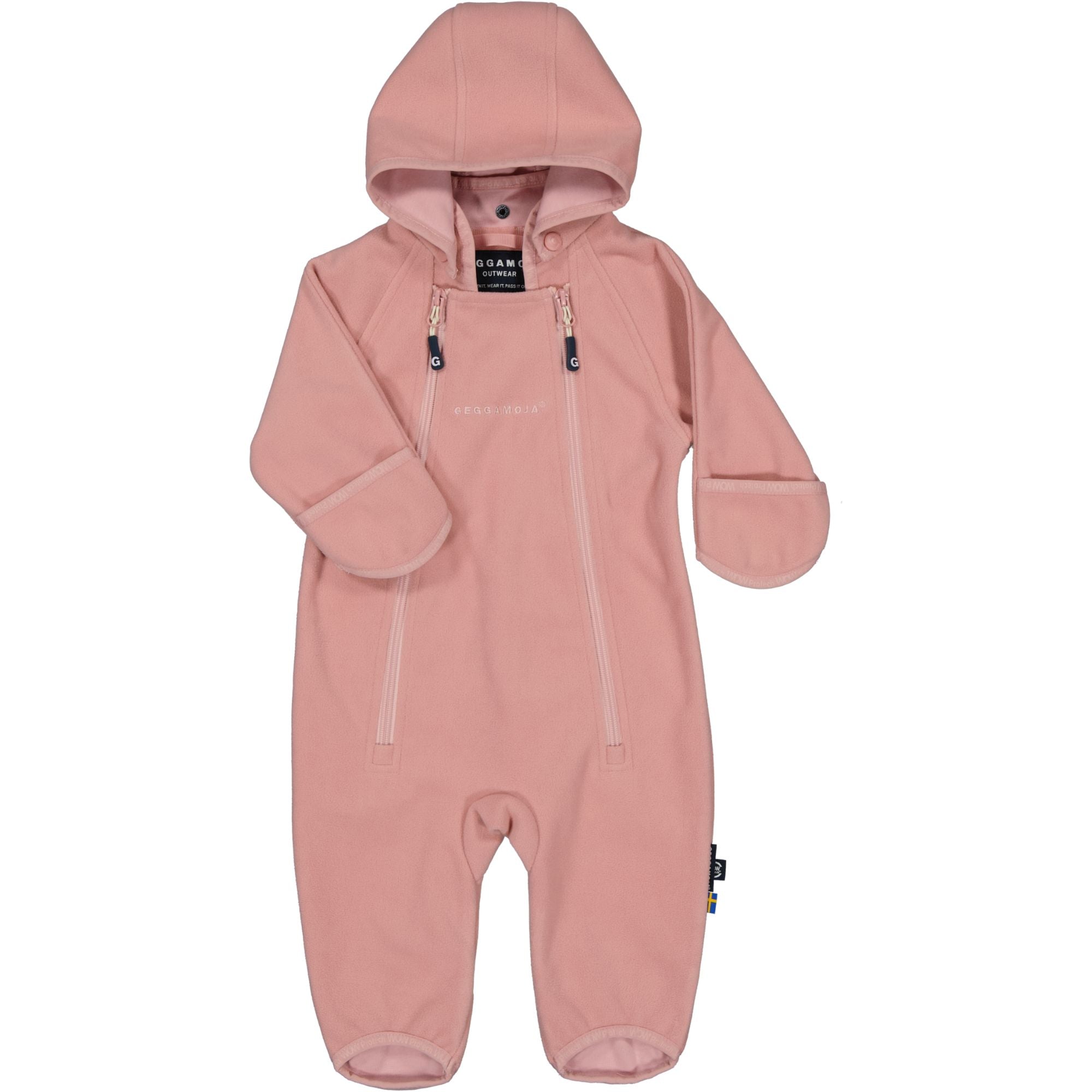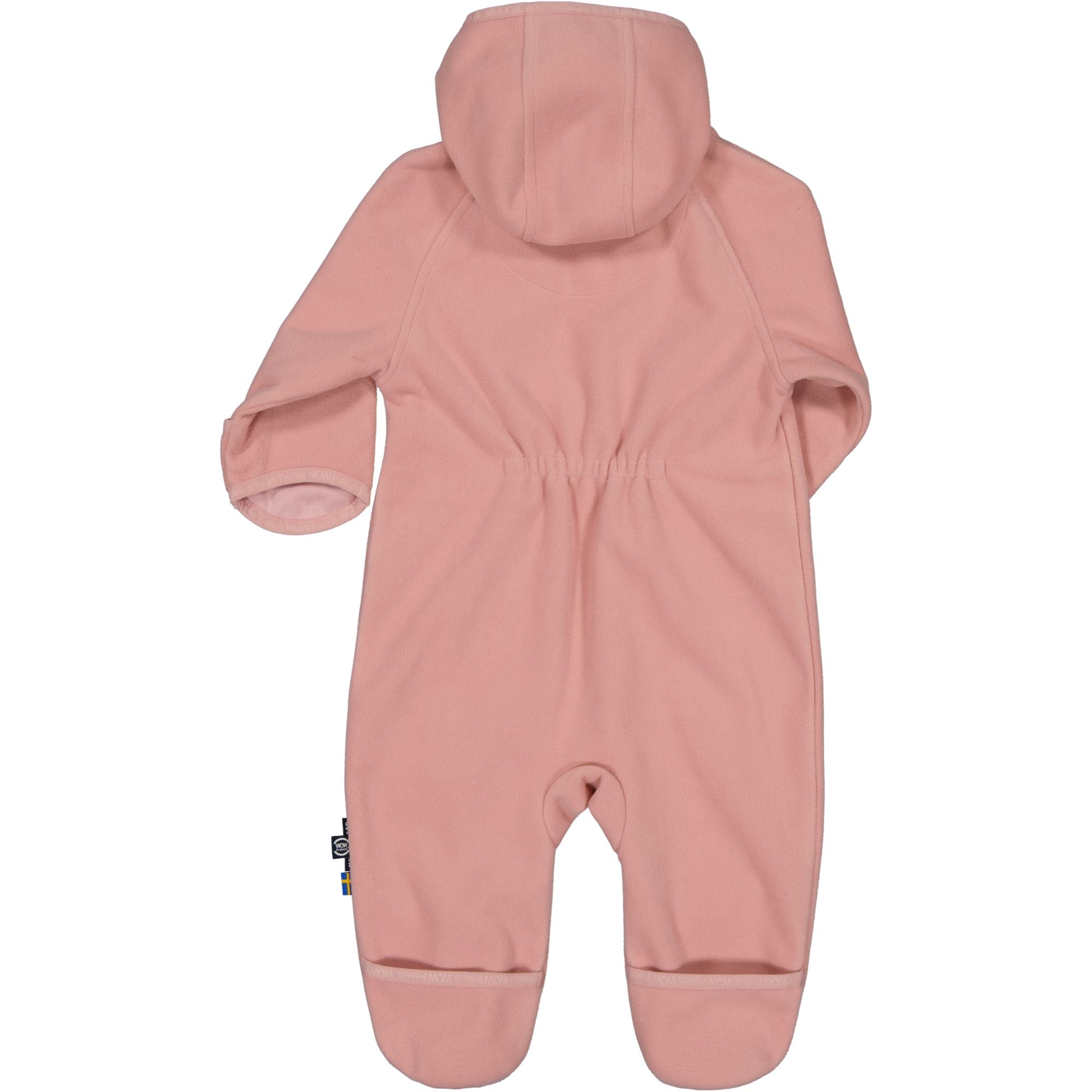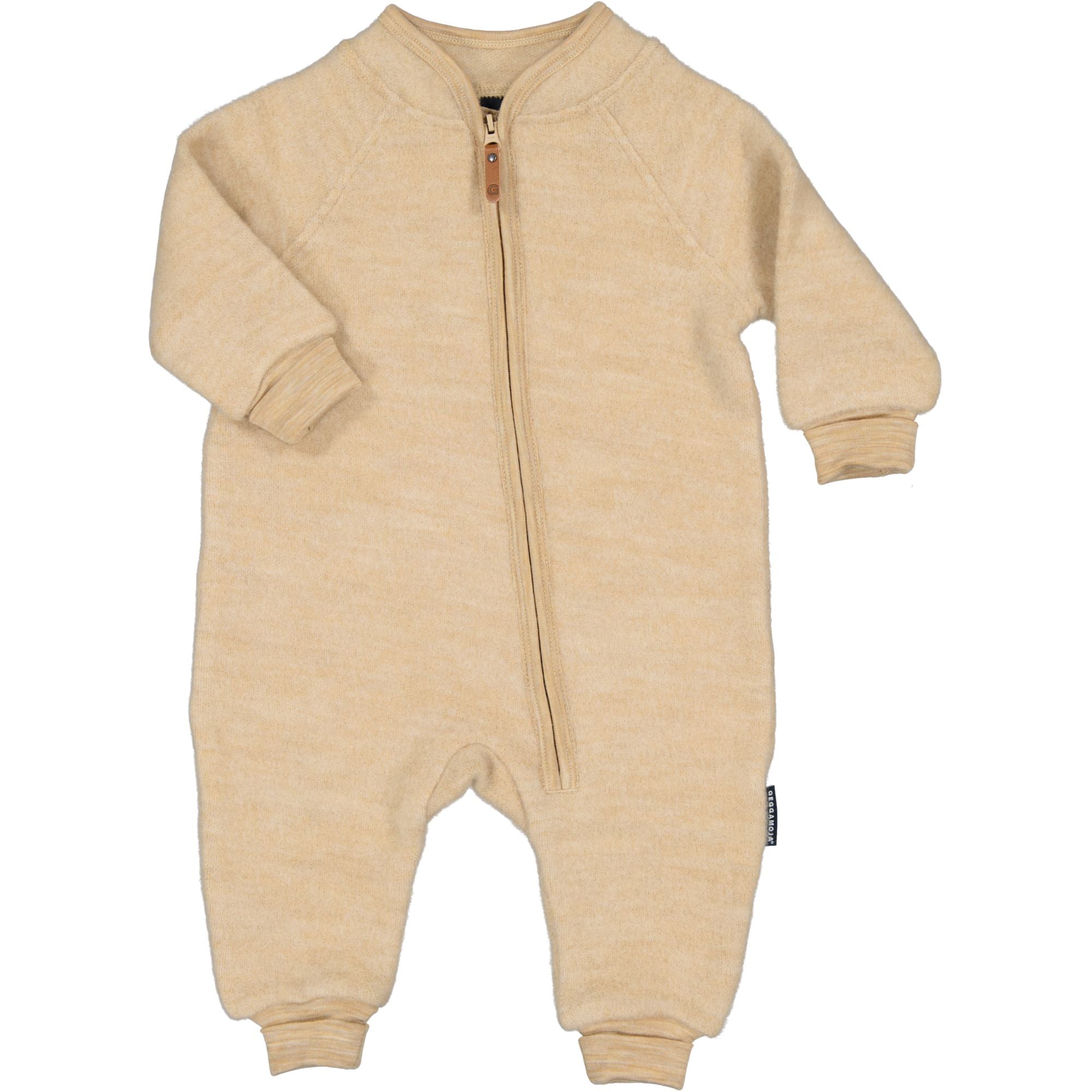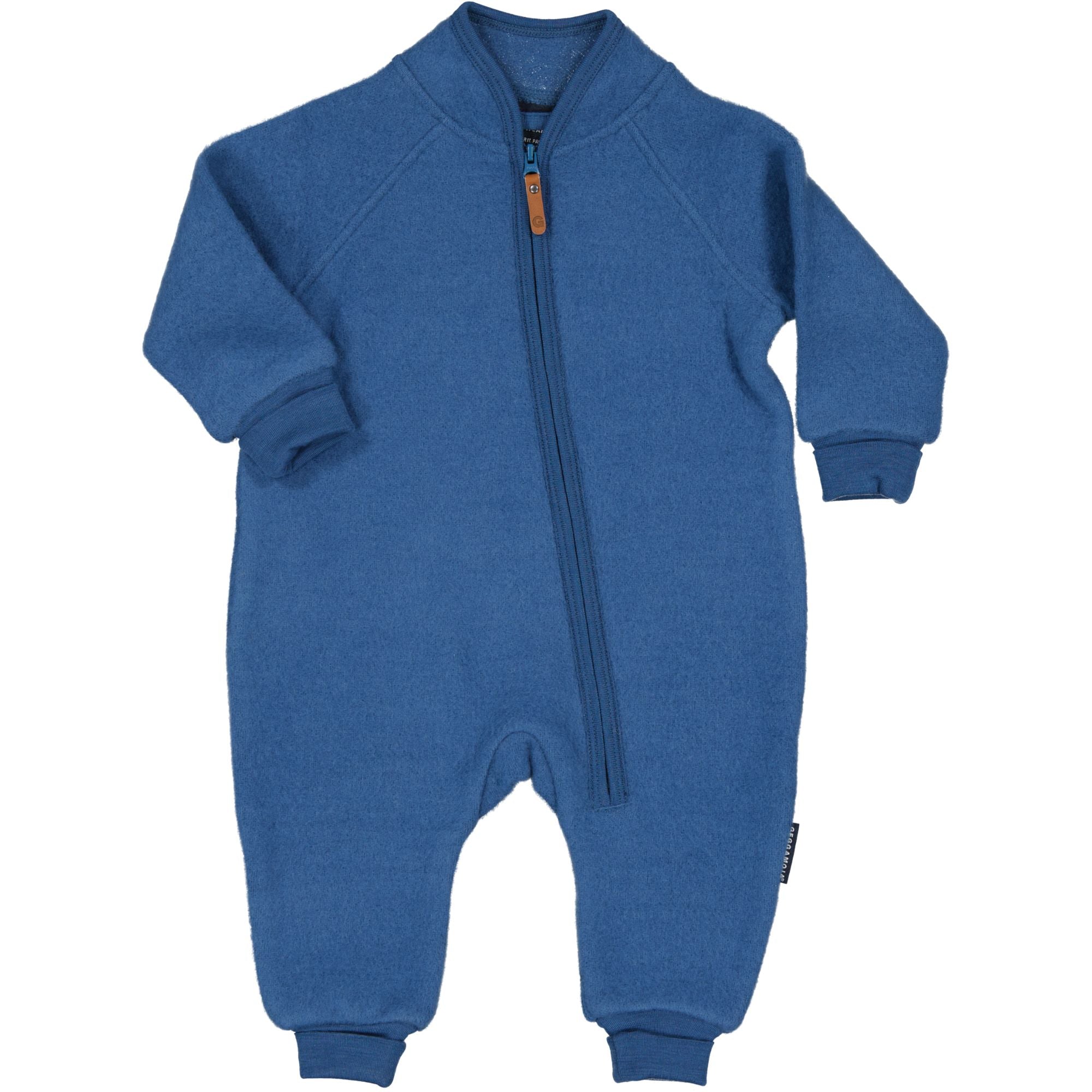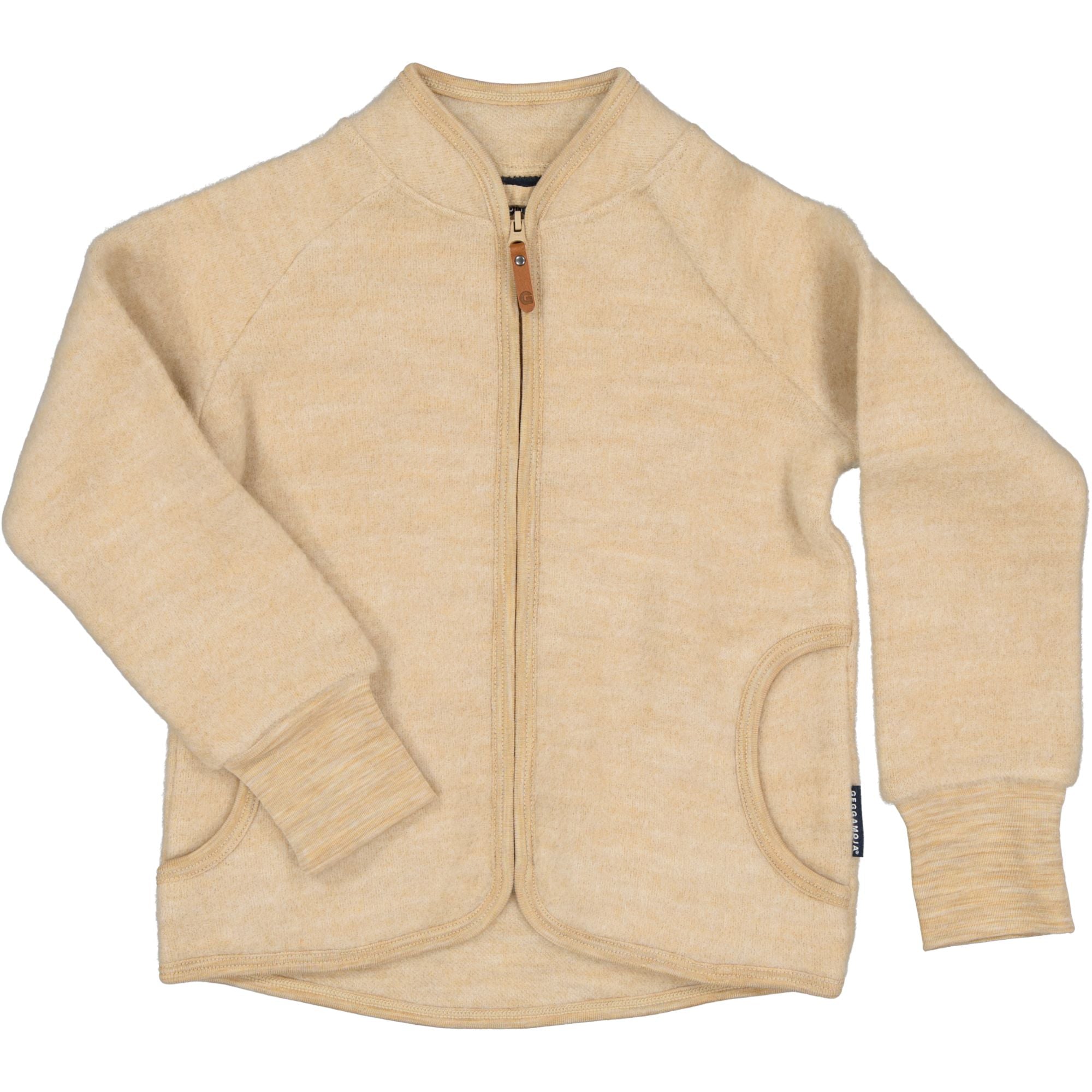Outerwear - common terms
To determine which outerwear suits the desired play and activities, people often talk about the garment's water column, breathability, waterproof, and water-repellent clothes. Water-repellent/waterproof clothes are measured in water column (WC) and their breathability (BR). Which outerwear you should choose depends on the context and purpose for which the garment will be used by your child.
Water column
Water column is a way to measure the degree of waterproofness of a garment. This is to understand the garment's ability to not let water through and based on this choose the right garment for the right activity. In practice, water column means placing a narrow tube on the outside of the garment (outdoor clothing), which is then filled with water until water starts to seep through the material. If a garment is said to withstand a water column of 15,000 mm, it means the garment can handle a 15,000 mm (15 m) high tube filled with water against the garment without water penetrating the outer garment.
General guidelines regarding water column in outerwear:
6,000 - 10,000 mm = Heavy rain for a short time.
11,000 - 15,000 mm = Heavy rain for a few hours or moderate rain all day.
16,000 - 20,000 mm = Heavy rain or wet snow.
20,000 mm -> = Persistent rain under high pressure. This refers to garments whose sole professional function is to withstand heavy rain. The garment therefore does not breathe at all.
Breathability
Breathability is a way to measure how many grams of moisture a garment can release per square meter in a day.
The more waterproof a garment is, the worse its breathability.
Selected favorites of outerwear from Geggamoja
Shell clothing - Our shell garments resist both wind and water and can be used year-round - especially during autumn, early winter, and spring. When it gets colder outside, you can apply the layer-on-layer method and easily add fleece garments to be able to use the shell clothing regardless of the weather.
Winter overall - Our winter overalls are lined and very suitable during the winter months for play and outdoor activities in the snow. They keep the child warm and dry all day.
Rainwear - Rainwear has somewhat lower breathability due to its waterproofness. However, this makes it easier to rinse rainwear that has become dirty from, for example, mud. Our rainwear is ideal for your child to wear at preschool when you really want the clothes to be dry by the next break.
Don't forget to complete the outerwear with our boots, hat, and mittens - so your little one is ready for play from head to toe.



